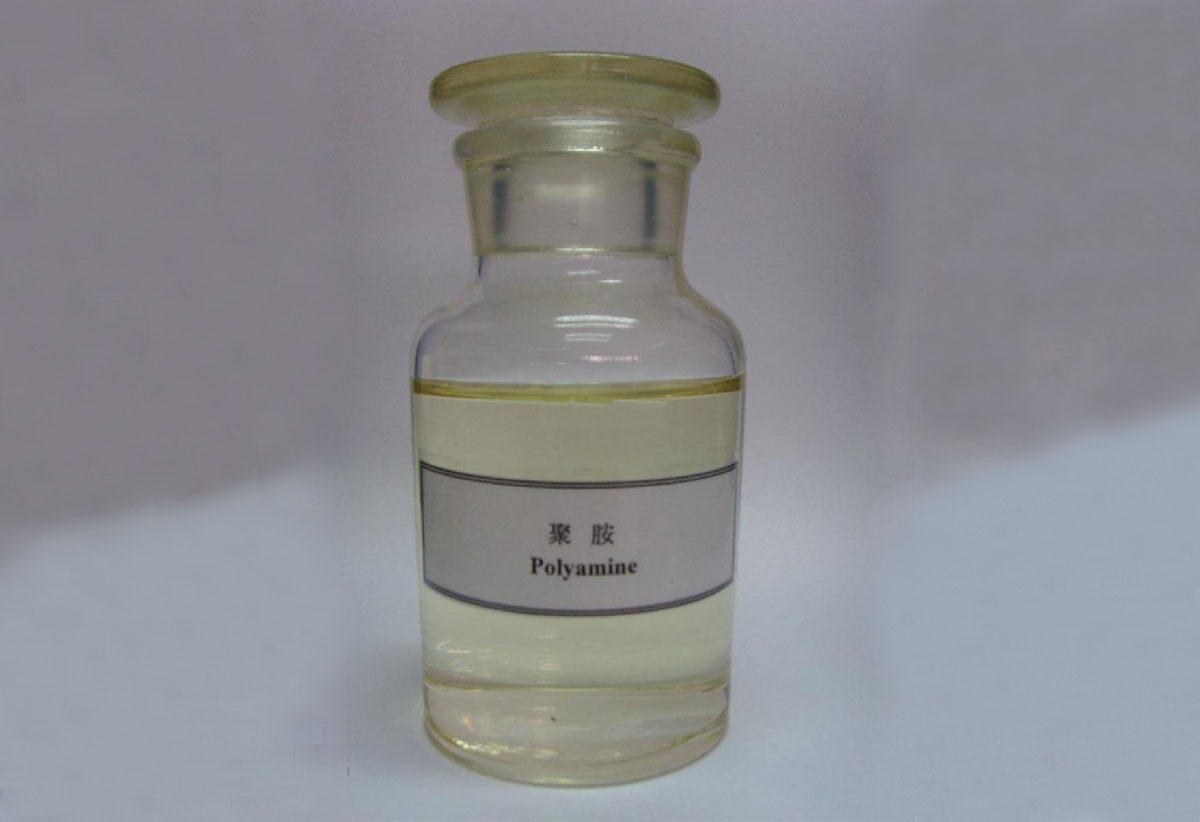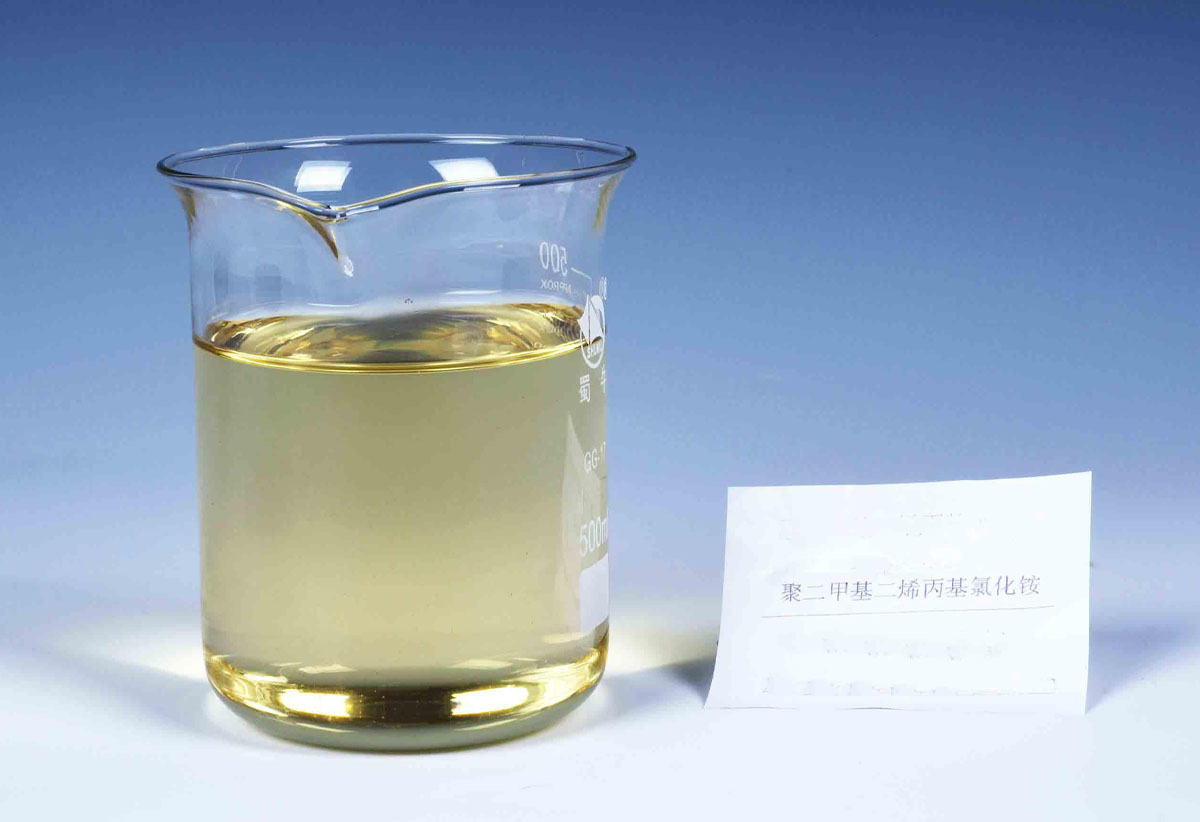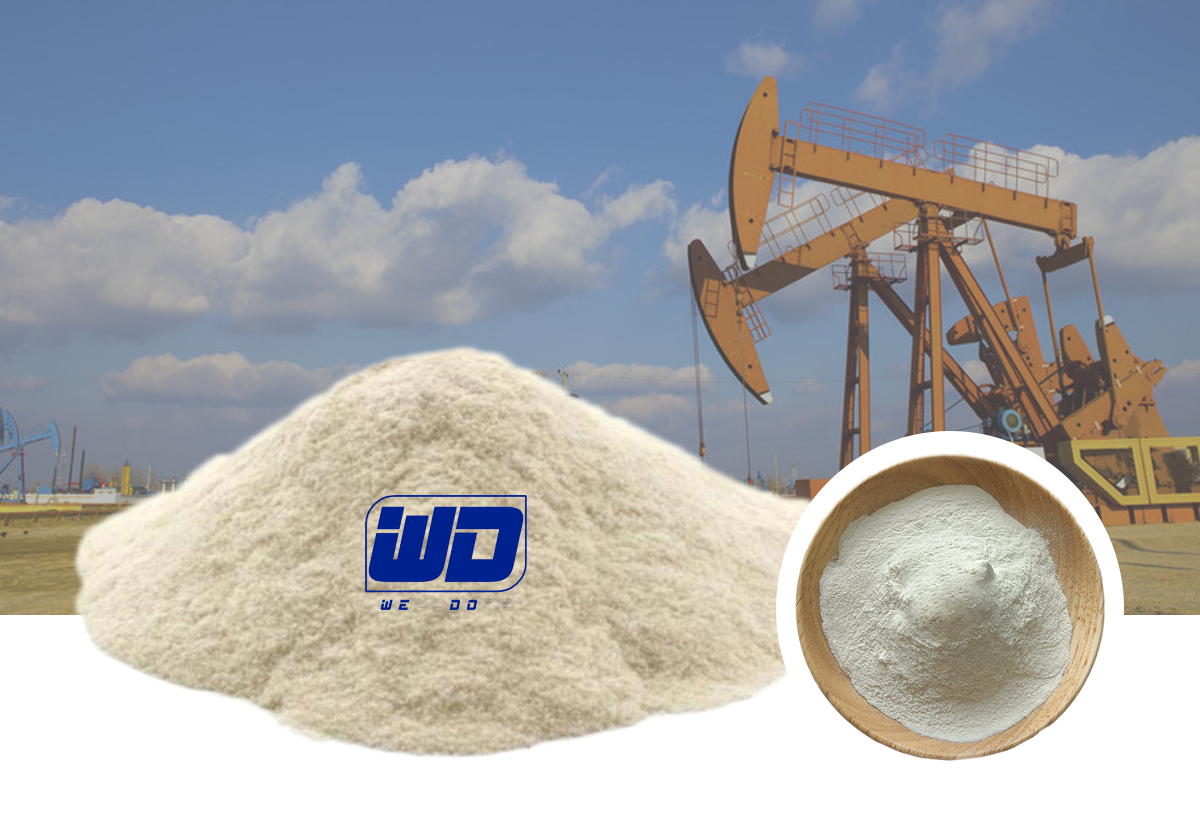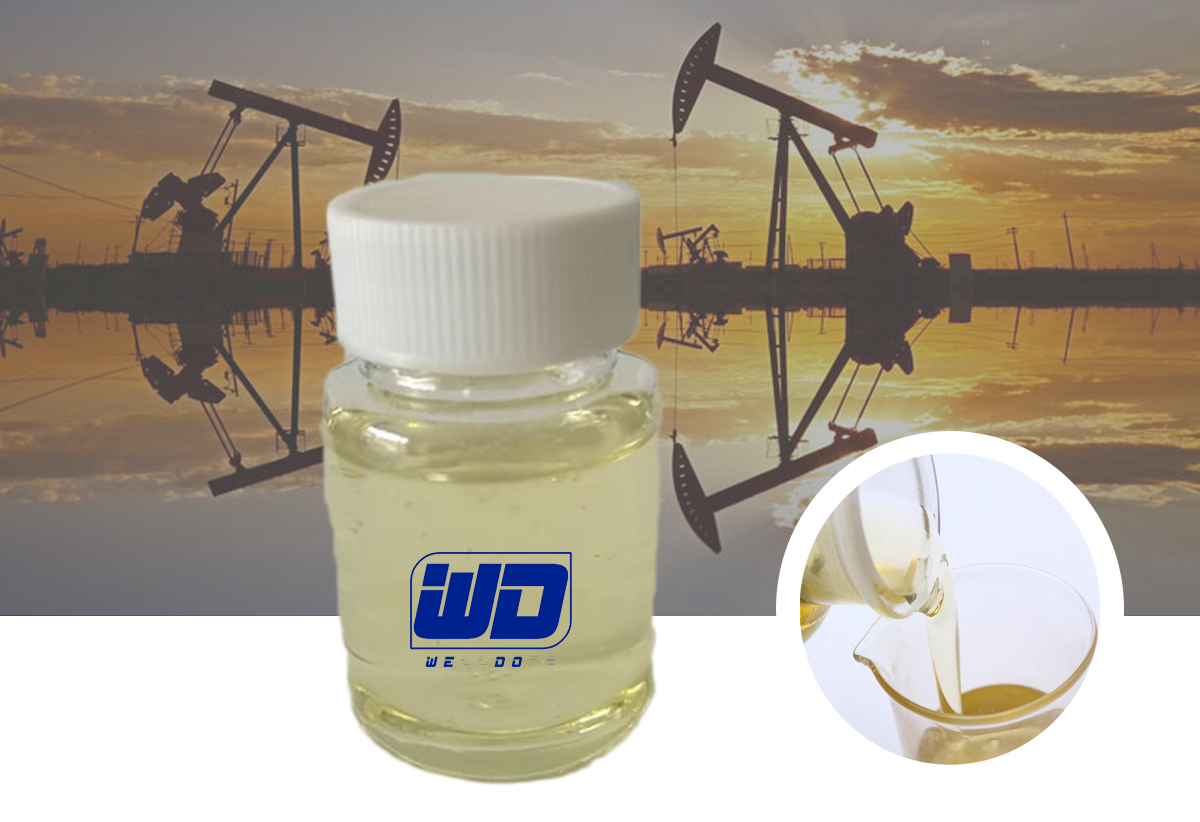The chemical principle of anionic polyacrylamide (APAM) in paper mill wastewater treatment is mainly based on the functions of electrical neutralization and adsorption bridging. Specifically, the polar groups on the APAM molecular chain can adsorb negatively charged suspended particles in water, and through electrical neutralization, bridge the particles to form larger flocs. This flocculation effect causes the suspended solids to settle rapidly in the water, thereby achieving the separation of water and suspended solids.
In addition, APAM can also aggregate tiny suspended solids and colloidal particles in wastewater through adsorption and bridging to form larger particles that are easy to filter and separate, thereby improving the efficiency and effect of wastewater treatment.
If you need to know more information about polyacrylamide in wastewater treatment, you can also contact our factory. Shandong welldone polyacrylamide factory can produce various types of polyacrylamide products. The products we provide include preliminary Wastewater inspection, and polyacrylamide sample testing, etc., welcome your inquiries.












